Replacing Electric with Induction stove and Range Hood
Swiya J
4 years ago
Featured Answer
Sort by:Oldest
Comments (8)
Jaykaym
4 years agoRelated Professionals
Haslett Kitchen & Bathroom Designers · Cleveland Kitchen & Bathroom Remodelers · Omaha Kitchen & Bathroom Remodelers · Saint Augustine Kitchen & Bathroom Remodelers · Belle Glade Interior Designers & Decorators · Hagerstown Interior Designers & Decorators · Ken Caryl Architects & Building Designers · Makakilo City Architects & Building Designers · East Islip Kitchen & Bathroom Designers · Tulsa Furniture & Accessories · Duluth Furniture & Accessories · Irmo Furniture & Accessories · Meadville General Contractors · Titusville General Contractors · Lynn Haven Kitchen & Bathroom Remodelersjwvideo
4 years agolast modified: 4 years agowdccruise
4 years agolast modified: 4 years agoUser
4 years agoCavimum
4 years agoSwiya J
last year
Related Stories
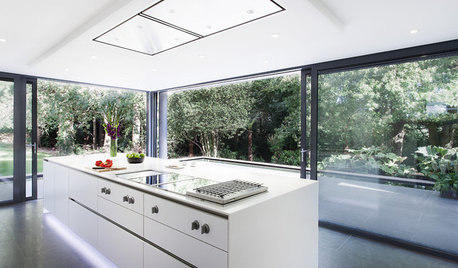
KITCHEN APPLIANCESDisappearing Range Hoods: A New Trend?
Concealed exhaust fans cut visual clutter in the kitchen
Full Story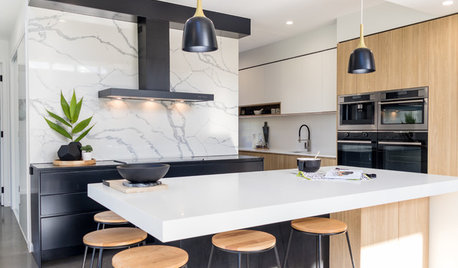
KITCHEN DESIGNHow to Get Your Range Hood Right
Get a handle on the technical specs, and then learn about fun design options for creating a beautiful kitchen feature
Full Story
KITCHEN APPLIANCESWhat to Consider When Adding a Range Hood
Get to know the types, styles and why you may want to skip a hood altogether
Full Story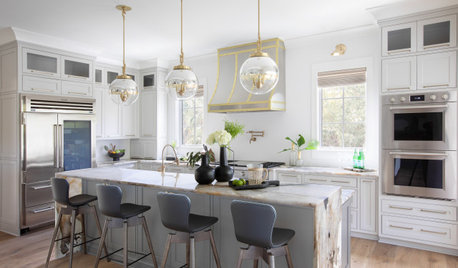
KITCHEN DESIGNDesigner Tips for Range Hoods, Appliances and Lighting
Learn how to get your microwave height just right, what kind of bar stool will be most comfortable and more
Full Story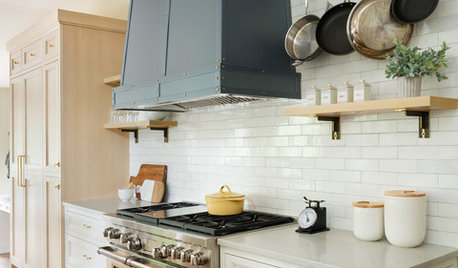
BEFORE AND AFTERS4 Kitchen Makeovers With Standout Range Hoods
In these before-and-afters, see how a custom range hood can take your kitchen renovation to the next level
Full Story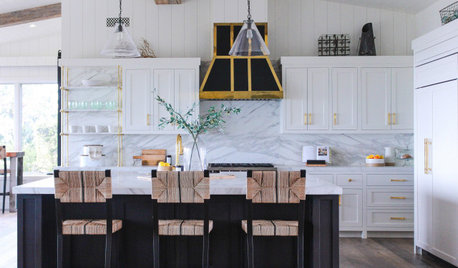
KITCHEN DESIGN15 Statement Range Hoods to Inspire Your Kitchen Remodel
See how 15 range hoods add personality and an intentionally designed look to their kitchens
Full Story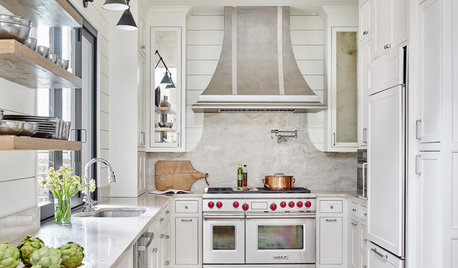
KITCHEN APPLIANCESHouzz Call: Show Us Your Creative Range Hood
Have you customized your kitchen’s range hood? Please tell us all about it
Full Story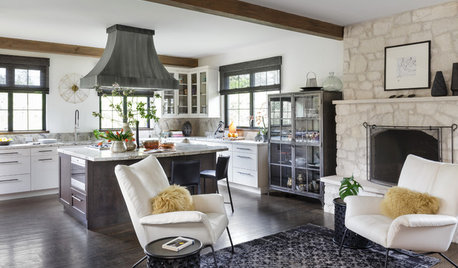
KITCHEN MAKEOVERSZinc Range Hood and a Limestone Fireplace Create a Timeless Look
A designer uses weathered materials to fashion a new classic kitchen for her family in Walnut Creek, California
Full Story
5 Stunning Modern Range Hoods
Today's kitchen range hoods can look like sleek sculptures. Here's what to look for when you go shopping for one
Full Story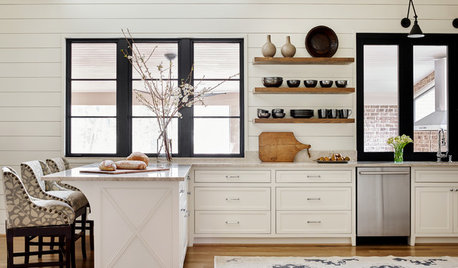
WHITE KITCHENSRoom of the Day: Soothing Kitchen With a Clever Range Hood Hack
Creamy whites and neutral accents keep this kitchen understated. A design trick makes the hood look more expensive
Full Story





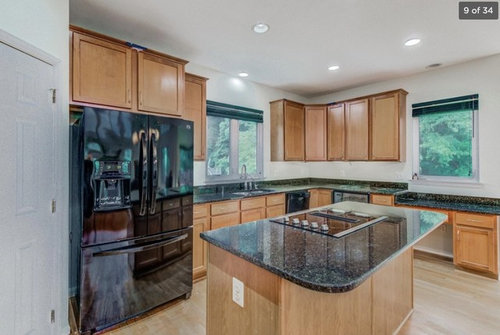

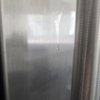
User